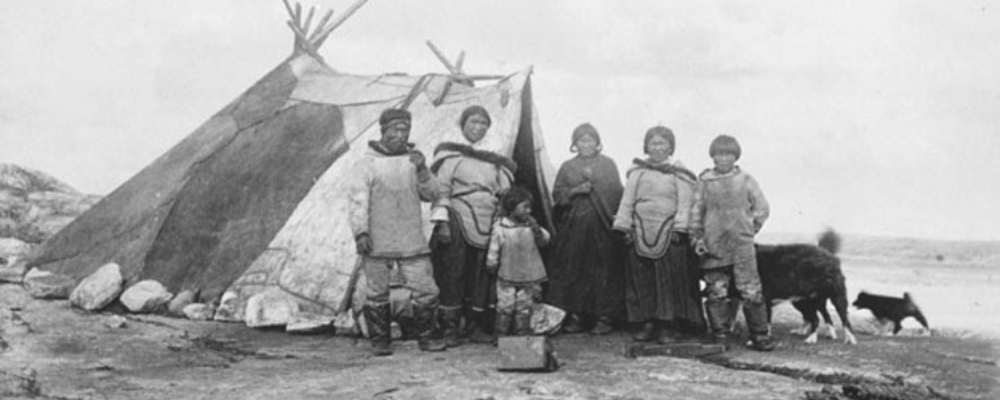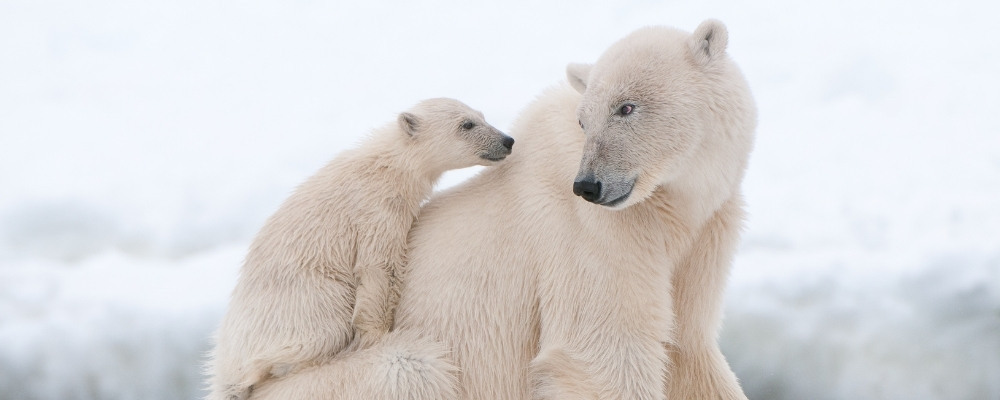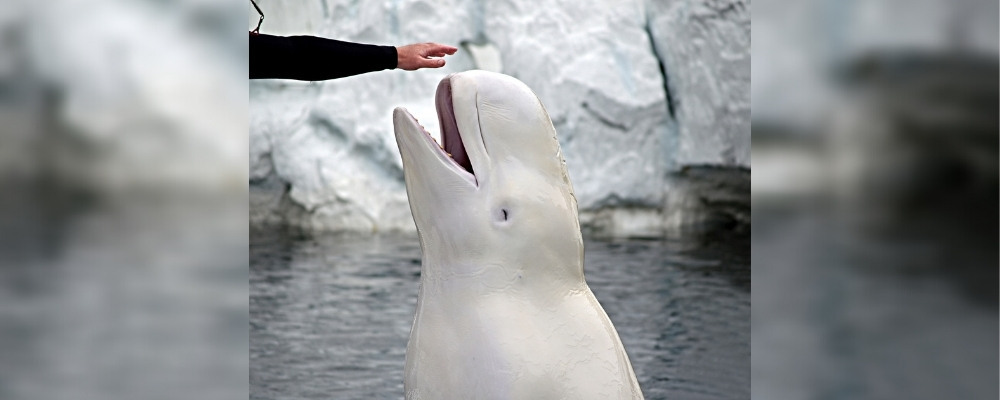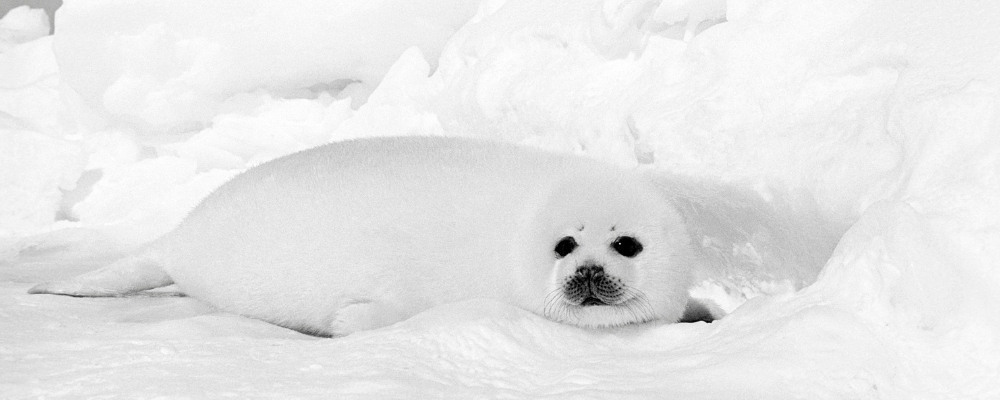STEM Role Models
STEM Role Models: Arctic Animal Firsts
In this article in our STEM Role Models series, we’re highlighting people who have helped us better understand some of the animals in Earth’s Arctic region.
In this article in our STEM Role Models series, we’re highlighting individuals who have helped us better understand some of the animals in Earth’s Arctic region.
First, read with your kids and students about the Arctic and the people who have lived in the area for thousands of years. Then, share with them the people who helped us get a scientific look at some of your favorite arctic animals: polar bears, penguins, beluga whales, and arctic foxes.

Introduction to the Arctic
The Arctic is a region in the northern hemisphere, where it is considered to be very cold. As the National Snow and Ice Data Center states, “Most commonly, scientists define the Arctic as the region above the Arctic Circle, an imaginary line that circles the globe at approximately 66° 34' N (dashed blue circle in the map at right). The Arctic Circle marks the latitude above which the sun does not set on the summer solstice, and does not rise on the winter solstice.”
Regions in the Arctic Circle experience seasons and even days differently than we do. For example, the North Pole experiences 6 months of continuous “night” and 6 months of continuous daylight.
The Arctic is generally thought to be extremely cold, and while that can be true, especially during harsh winters, some arctic regions still experience a change in the seasons and can have warm weather during certain times of the year as well.
However, because the Arctic has a different climate and experiences sunlight differently than we do, the people who live in the arctic have adapted ways of living that are specific to that region.

Indigenous People & Arctic Animals
Before we begin talking about some of the people who were the first to formally document arctic animals, we want to make sure to mention the people who have depended on these arctic animals and lived in the Arctic for as many as 20 thousand years (NSIDC).
Currently, only about four million people live in the Arctic worldwide, a minority of which are indigenous groups. (NSIDC)
“The Inuit in Canada and Greenland, and the Yu'pik, Iñupiat, and Athabascan in Alaska, are just a few of the groups that are native to the Arctic. Traditionally, Arctic native peoples lived primarily from hunting, fishing, herding, and gathering wild plants for food, although some people also practice farming, particularly in Greenland. Northern people found many different ways to adapt to the harsh Arctic climate…
Many Arctic people now live much like their neighbors to the south, with modern homes and appliances. Nonetheless, there is an active movement among indigenous people in the Arctic to pass on traditional knowledge and skills, such as hunting, fishing, herding, and native languages, to the younger generation.” (NSIDC)
These arctic animals we’ll talk about below were an important part of life for indigenous people, who used them for food and daily life.
European explorers are relatively new to the Arctic, beginning exploration about one thousand years ago.
Below, we’ll share some of the people who were some of the first to scientifically document these animals.

First to Describe Polar Bears - Constantine J. Phipps
Phipps was an English explorer, Royal Navy officer, and Parliament member. On June 4, 1773, he set off from Deptford on a voyage towards the North Pole.
His exploration sailed around Norway, but they were forced back to England by the ice. During the voyage, Phipps was the first modern European to describe the polar bear and the ivory gull, which were included in his A Voyage towards the North Pole undertaken ... 1773 (1774). Early descriptions of the characteristics of the polar bear, in particular, can be found in his voyage log book entries, dated May 12, 1773, and now kept in the British Library archives.

First To Describe the Beluga - Peter Simon Pallas
The Beluga Whale is also known as the white whale, as it is the only cetacean, a specific type of whale, to regularly occur with this color.
One of the first descriptions of the beluga was in 1776 by Peter Simon Pallas. He was a Prussian zoologist and botanist who worked in Russia (1767-1810). Pallas attended several universities, went on explorations across the world, and was a favorite of Catherine II, the Empress of Russia.
Learn more about Belugas here.

First to Discover an Ancient Type of Arctic Fox - Xiaoming Wang
Xiaming Wang is a vertebrate paleontologist and geologist who lives and teaches in the United States.
“While hiking up and down Tibetan mountains, Xiaoming Wang and his colleagues stumbled on jawbones and teeth in rocks up to 4,730 metres above sea level.”
The fossils...do not match any of the roughly 20 known fox species, and so represent a new species, Wang and his team report today in Proceedings of the Royal Society B.
The arctic fox was thought to have evolved in Europe as the ice sheet expanded when a glacial period swept the Earth about 2.6 million years ago. But fossil evidence now suggests that the animal ‘pre-adapted’ to living in the cold and harsh environment on lofty Tibetan terrains.

*Bonus* First to Describe Penguins: Vasco da Gama?
We're breaking free of the Arctic and heading south for this animal first!
Vasco da Gama was a Portugese explorer born in the 1460s.
On November 25, 1497, Vasco da Gama’s ship sailed to the south tip of the African continent.
“On that day, the crew parked near what is now Mossel Bay, South Africa, and with surprise, they discovered birds never seen by European eyes before. In his diary, a crew member noted: “… there are birds as big as ducks, but they cannot fly and bray like donkeys.” Some say that the crew of the expedition of Bartolomeu Dias de Novaes were the first to observe penguins, sometime between 1487 and 1488.”
In 1838, this anonymous navigator’s diary was published. It was the learned this man might have been one of the first non-native individuals to observe penguins.
“What kind? There is no certainty, but it is very likely that they were African penguins (Spheniscus demersus), which still live in the area today. However, before the nineteenth century, the story that Antonio Pigafetta wrote in his diary was better known. At the beginning of January 27, 1520, the crew of the ship led by Fernando de Magallanes observed some large birds, which they called geese.”
Information from Penguins World.

Keep learning. Keep exploring.
To document these animals, these STEM models had to make use of STEM skills like geography, science, mathematics, physics, and more. Plus, they all had a hunger for knowledge, a deep curiosity about the world, and worked for years to make their explorations happen.
If you’re looking for STEM activities and other information to inspire your kids, we encourage you to take a look at some of our other Blocks Rock! resources like:


